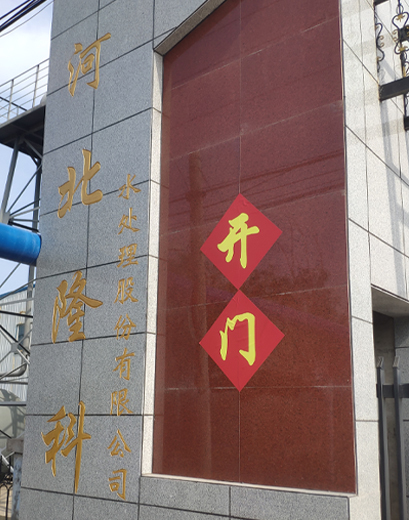High-Performance PAM Flocculant Solutions for Water Treatment
The Role of PAM Flocculant in Water Treatment
Polyacrylamide (PAM) flocculants have become an essential component in various water treatment processes due to their effectiveness and versatility. PAM is a synthetic polymer that possesses excellent flocculation properties, making it highly suitable for applications in various industries, including wastewater treatment, mining, and paper manufacturing.
The Role of PAM Flocculant in Water Treatment
The mechanism by which PAM acts as a flocculant involves its large molecular size and charge properties. PAM can be cationic, anionic, or non-ionic, allowing it to be tailored to specific applications depending on the characteristics of the wastewater being treated. Cationic PAM is effective in removing negatively charged particles, while anionic PAM is more suitable for positively charged components. This flexibility makes PAM an invaluable tool for engineers and environmental scientists seeking to optimize water treatment processes.
pam flocculant

In addition to wastewater treatment, PAM flocculants are extensively used in the mining industry, particularly in the recovery of valuable minerals. During the mineral extraction process, large amounts of slurries containing both valuable minerals and impurities are produced. The addition of PAM helps in separating these impurities by facilitating the settling of solids, thus enhancing the recovery rate of target minerals. This not only boosts the efficiency of the mining process but also reduces environmental impacts associated with tailings management.
Moreover, PAM flocculants are increasingly being utilized in agriculture for soil erosion control and sedimentation management in irrigation systems. By stabilizing soil particles and reducing runoff, PAM contributes to improved water quality in nearby water bodies and promotes sustainable agricultural practices.
In summary, PAM flocculants play a critical role in enhancing water treatment processes across various sectors. Their ability to effectively remove contaminants, recover valuable resources, and contribute to sustainable practices underscores their importance in addressing global water challenges. As industries continue to seek innovative solutions for water management, the demand for PAM and similar flocculants is expected to grow, highlighting the need for ongoing research and development in this field.
-
Water Treatment with Flocculant Water TreatmentNewsJun.12,2025
-
Polymaleic AnhydrideNewsJun.12,2025
-
Polyaspartic AcidNewsJun.12,2025
-
Enhance Industrial Processes with IsothiazolinonesNewsJun.12,2025
-
Enhance Industrial Processes with PBTCA SolutionsNewsJun.12,2025
-
Dodecyldimethylbenzylammonium Chloride SolutionsNewsJun.12,2025





